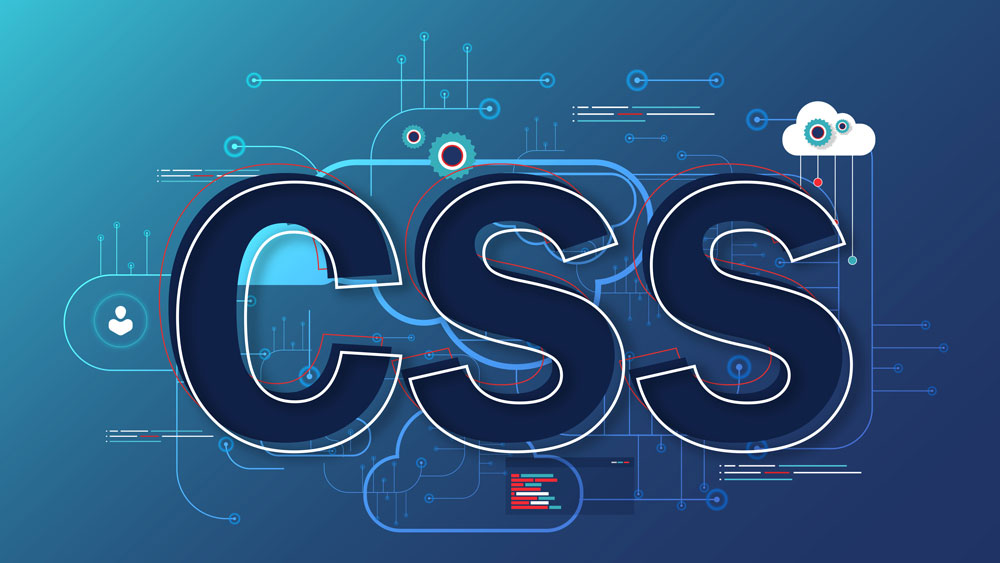CSS
November 13, 2024

CSS is a stylesheet language used to describe the presentation and formatting of a document written in HTML (or XML). CSS defines how elements within a web page should be displayed, including their layout, colors, fonts, spacing, and other visual aspects.
Key Concepts of CSS:
Selectors: Define the HTML elements to which styles are applied (e.g., div, p, .class, #id).
Properties: Define what aspect of the element you want to style (e.g., color, font-size, margin).
Values: Assign specific values to the properties (e.g., color: red, font-size: 16px).
How CSS Works:
Inline CSS: Styles applied directly within an HTML element using the style attribute.
Internal CSS: Styles defined within a style tag in the head section of an HTML document.
External CSS: Styles stored in an external file with a .css extension, linked to an HTML document using the link tag.
Key Features:
Responsive Design: CSS enables designs to adapt to different screen sizes (using media queries).
Box Model: Defines how elements are structured, including padding, border, margin, and content area.
Flexbox & Grid: Layout systems for creating flexible and complex web page structures.
CSS is essential for creating attractive and well-organized websites, allowing designers to control the visual appearance without altering the HTML content.
